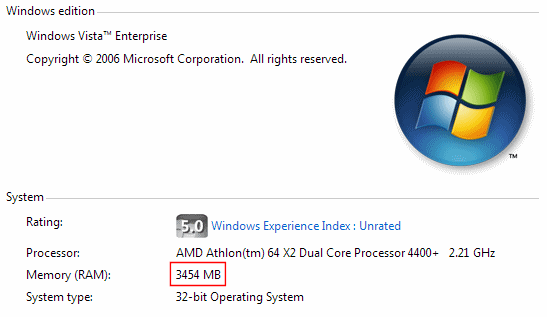
software development
A Race of Futuristic Supermen!
I’ve seen a lot of painfully bad IT web comics in my day, but I’m happy to say that Bug Bash, by Hans Bjordahl, is not one of them. This particular strip is one of my favorites because it hits so close to home. Software developers truly believe,








